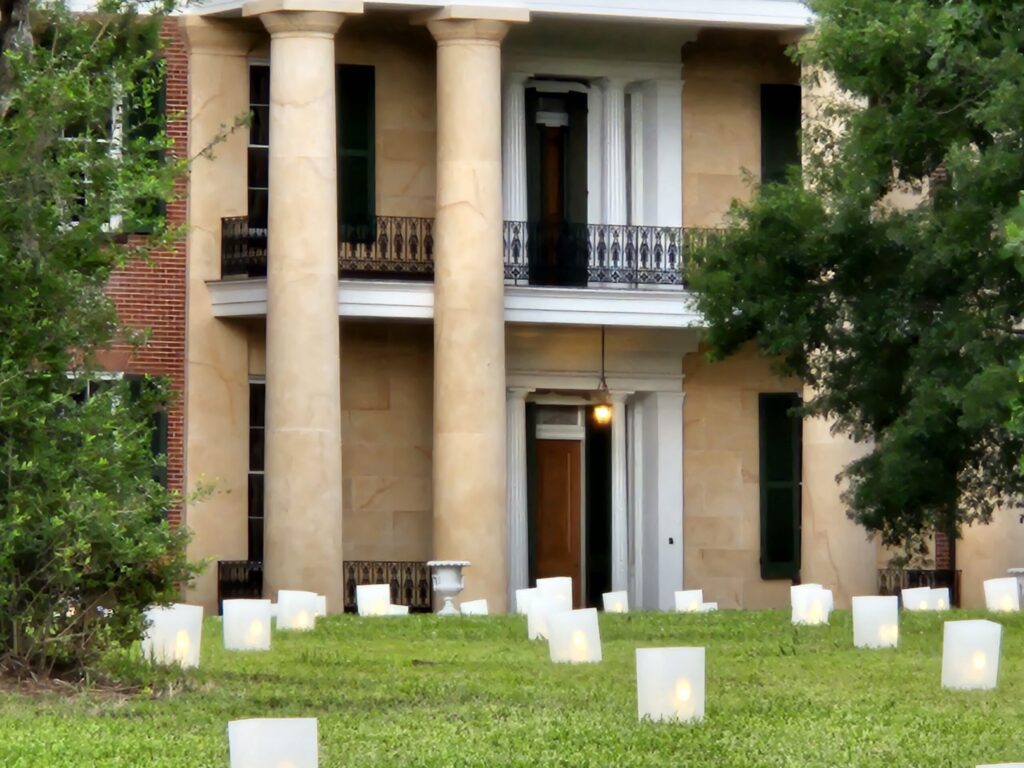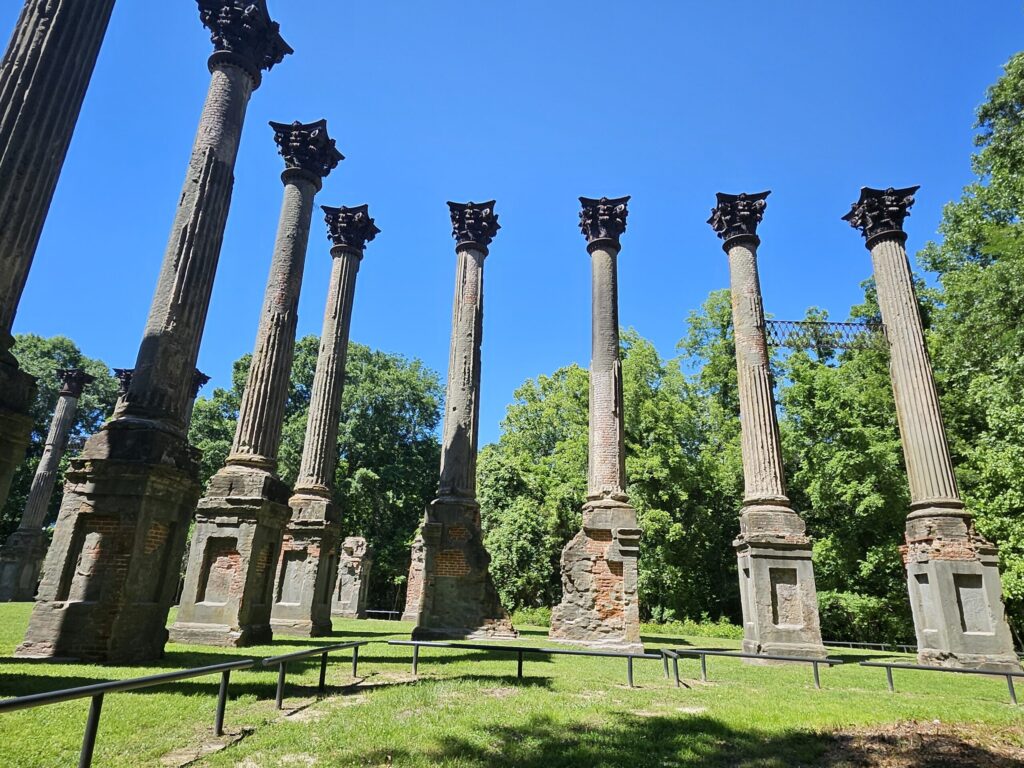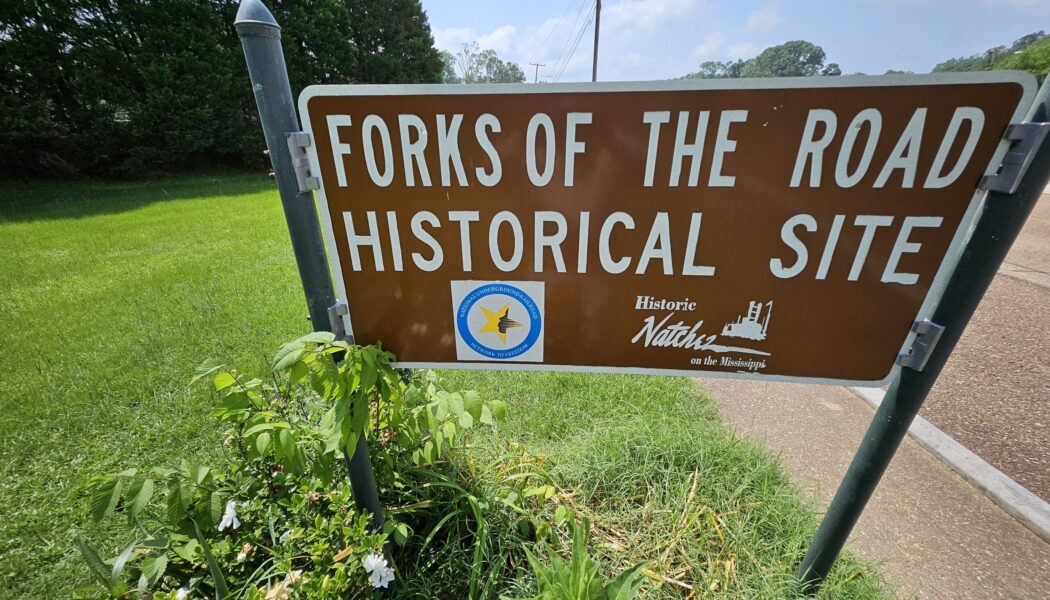

12 Powerful Roots of Natchez, Mississippi: Facts That Explain a City Like No Other
If you’ve ever rolled into Natchez, Mississippi, you’ve felt it: the sense that this place is older than most American stories and richer than a single label can hold. Natchez sits high on the bluffs above the Mississippi River, gazing west toward Louisiana and back in time toward centuries of layered history. It’s a city where Native American heritage meets French and Spanish frontiers, where riverboats and cotton fortunes collided with the brutal realities of enslavement, and where architecture, food, music, and civil rights activism have left bold footprints.
Whether you’re planning a visit or digging into family history, these ten roots reveal the depth of Natchez’s story and why it remains one of the South’s most compelling places.
1) Before “Natchez” the town, there were the Natchez people—builders of mounds and a civilization with its own star
Long before Europeans arrived, the Natchez people were the region’s namesake and its heartbeat. Their society—centered on the Grand Village of the Natchez Indians—featured distinct social classes, ritual practices, and earthwork mounds used for ceremonial and political life. A short drive from town you’ll find Emerald Mound, one of the largest pre-Columbian ceremonial mounds in North America. Built between about 1250 and 1600, Emerald Mound spans nearly eight acres and rises like a green ship from the landscape.
These sites aren’t relics in a dusty sense; they are living connections to Native sovereignty, artistry, and cosmology that shaped the region for centuries. Visiting today, you can walk the grounds and feel how deep the roots of Natchez truly run—before colonization, cotton, or steamboats ever entered the picture.
2) Fort Rosalie and the French era laid (volatile) colonial foundations
Modern “Natchez” took its first European steps in 1716, when the French established Fort Rosalie to secure their Mississippi River corridor. The fort—and the French colonists around it—sat uneasily alongside the Natchez people. A complex tangle of alliances, encroachment, and cultural misunderstandings culminated in the Natchez War of 1729, when Natchez warriors attacked the fort and surrounding settlements. French reprisals were severe, and within a few years the Natchez people were scattered by warfare, slavery, and forced migration.
It’s a hard chapter, but an essential one: Natchez wasn’t merely “founded”—it was contested. Stand today on the fort site (now part of Natchez National Historical Park), and you can feel the strategic logic of the place—river below, bluffs above—and the cost of empire the land still remembers.
3) One town, many flags: British, Spanish, early American—Natchez moved through hands before Mississippi was Mississippi
If you love history that shapeshifts, Natchez will keep you busy. After the French and Indian War, Britain took over in 1763. During the American Revolution, Spain seized the region (1779) as part of West Florida, ruling until the 1790s. Then the new United States absorbed Natchez into the Mississippi Territory in 1798, and for a time this bluffy river town was a key territorial capital.
Why it matters: the multi-flag story is more than trivia. Laws changed, land claims shifted, cultures interwove. Architecture, religion, and trade reflected French Catholic roots, Spanish administration, British commercial practice, and, later, American expansion. That fusion set Natchez apart from many inland Southern towns whose histories are more singularly Anglo-American.
4) The Natchez Trace and “Natchez-under-the-Hill”: a frontier highway and a port with a rowdy reputation
Long before GPS, there was the Natchez Trace—a centuries-old corridor that Indigenous peoples used for trade and movement. By the early U.S. republic, boatmen floated goods down the river to Natchez or New Orleans, sold their flatboats for lumber, and walked the Trace home to Tennessee or Kentucky. The Trace became a postal and military road, and a source of legend: thieves, travelers, taverns, and a constant exchange of news and culture.
Down the bluff, Natchez-under-the-Hill—the riverfront landing—earned a reputation for rough-and-ready commerce. It was a gritty counterpoint to the refined mansions on top of the bluff: sailors, traders, cardsharps, and entertainers crowded the waterfront. That juxtaposition—elegant city above, roiling port below—speaks to Natchez’s dual DNA as both a cultivated society and a boomtown on the world’s most storied river.
5) Cotton built spectacular wealth—and it was built on enslaved labor
By the early 1800s, Natchez had become one of the wealthiest towns per capita in the United States. Cotton rode the river to market, and the loess soil of the Natchez district made planters lavishly rich. Grand houses like Melrose, Longwood, Stanton Hall, and Rosalie rose as statements of power and taste.
But that wealth had a brutal foundation: the enslavement of African and African American people. The Forks of the Road market, just east of downtown, became one of the largest slave markets in the Deep South. Families were bought and sold here; human beings were forced to build the fortunes that financed those pillared facades.
Today the Forks of the Road site is preserved and interpreted so visitors can confront this history directly. It’s one of the most important places in Natchez to reflect on memory, accountability, and the long arc of Black resilience.
6) The Natchez Museum of African American History and Culture: a community’s memory kept alive
No exploration of Natchez’s roots is complete without this museum, located in the former United States Post Office building (built 1904) in downtown Natchez. Established in 1991, the Natchez Museum of African American History and Culture preserves stories too often left out of glossy tour brochures.
Inside, you’ll find exhibits on the African diaspora, the Forks of the Road market, Reconstruction, Jim Crow, the Civil Rights Movement, and the continuing contributions of Black Natchezians to politics, arts, and education. Artifacts, oral histories, and photographs line the walls—reminders that the African American story isn’t a footnote to Natchez history; it is Natchez history.
Highlights include materials on the 1965 Natchez boycotts, displays on local jazz and blues musicians, and even artwork by regional Black artists. For visitors tracing ancestry or students studying Mississippi history, this museum is indispensable: not just preserving objects, but amplifying voices that make Natchez’s past whole.
7) A living museum of architecture: more than 600 antebellum structures—and the famous “Pilgrimage”
Natchez’s architectural crown is heavy. The city has hundreds of preserved antebellum buildings—Greek Revival, Federal, Italianate—plus standout later styles. Many are private homes; others are museums open to the public. Twice a year, during the Spring and Fall Pilgrimage, dozens of homes open their doors for tours led by costumed guides and homeowners who know every quirk in the floorboards.
If you’re a design geek, you’ll revel in plasterwork, cantilevered staircases, imported marble, and the ways river wealth translated into ornamental bravado. But there’s a deeper story too: preservation itself became a Natchez tradition. For generations, locals—Black and white—have worked to save and interpret these buildings, even as the storytelling around them has evolved to include the enslaved craftsmen and domestic workers whose labor made such grandeur possible.
8) A free Black community with a complicated story: meet William Johnson, the “Barber of Natchez”
Natchez’s antebellum world wasn’t only planters and the enslaved. There was also a community of free people of color, artisans and entrepreneurs navigating a perilous legal and social landscape. Among the most famous is William Johnson, a free Black barber whose detailed diary (kept from the 1830s until his death) offers an extraordinarily candid window into business, society, and race in antebellum Natchez.
Today, the William Johnson House is a museum where you can step into his world. Johnson’s story complicates easy narratives: he was respected and successful in a period that denied most Black people basic rights, and his diary doesn’t flinch from the era’s contradictions. For anyone tracing African American roots in Natchez, Johnson’s life is a landmark—not because it was typical, but because it was so meticulously recorded.
9) The Dr. John Banks House: a monument to Black achievement and resilience
While many Natchez house museums showcase planter wealth, the Dr. John Banks House represents something equally vital: African American accomplishment in the face of adversity. Dr. John Banks was a free Black physician in Natchez during the mid-19th century—a rarity in the Deep South, where laws and prejudice curtailed opportunities for people of color.
His home, which still stands today, is a physical testament to his professional success and community leadership. The Banks House offers visitors a chance to think differently about what prosperity and perseverance looked like in Natchez. For Black families seeking their roots, it represents a legacy of skill, dignity, and determination that challenges stereotypes of antebellum society. Few places in the U.S. preserve such an intact story of a free Black professional household from that era, making the Banks House a landmark not only for Natchez but for American history as a whole.
10) Natchez and the Civil War: spared buildings, transformed lives
When the Civil War erupted, Natchez’s elite were deeply tied to the Confederacy. Yet the city itself escaped large-scale destruction. Union forces occupied Natchez in July 1863, shortly after the fall of Vicksburg. Without major battles on the bluff, many houses survived intact—one reason so much architecture stands today.
But survival of brick and plaster is not the same as ease for human lives. As enslaved people fled to Union lines, Natchez became a refuge—and a crucible. Contraband camps (refugee camps for formerly enslaved people) sprang up around the city. Overcrowding, disease, and inadequate supplies led to suffering and death. Reconstruction brought the promise of citizenship and schooling for Black residents—but it also triggered violent white resistance and a political see-saw that left lasting scars.
11) Natchez and the Civil Rights era: Deacons for Defense, boycotts, and a community that fought back
Fast-forward to the 1960s, and Natchez again found itself at the crossroads of American change. The local movement against segregation and racist violence gathered strength after the 1965 bombing of NAACP leader George Metcalfe, a schoolteacher whose near-fatal injuries galvanized the city’s Black community.
In response to intimidation and Klan activity, Natchez formed a chapter of the Deacons for Defense and Justice, an organization of Black men who embraced armed self-defense to protect civil rights activists where law enforcement failed. That same year, activists launched a sweeping economic boycott of white-owned businesses known as “Black Christmas,” demanding hiring fairness and dignity. The pressure worked: negotiations led to agreements that moved Natchez forward on jobs and representation.
Natchez’s Civil Rights history proves that determined local action can rewire the balance of power, even in the face of entrenched racism.
12) Culture you can hear, taste, and touch: blues legacies, festivals, and Southern foodways with a river view
All that history cooks down into a culture that’s unmistakably Natchez. On the music front, the city and surrounding region raised a lineage of blues and rhythm & blues players—think the Ealey brothers (like YZ Ealey and Theodis Ealey), as well as a scene of juke joints and riverfront clubs that once throbbed with weekend life. Today you can catch live sets in intimate venues, especially during special events and festivals.
Speaking of festivals, Natchez throws a good party. The Natchez Balloon Festival launches hot-air color into autumn skies. Seasonal tours spotlight gardens, architecture, and even cemetery lore. And the food? Classic Southern plates—catfish, greens, black-eyed peas, cornbread—meet Creole influence and new-school chefs who source from Delta farms. Grab a meal on the bluff as the sun sets over the river and you’ll understand why locals insist that time moves differently here.
Putting It All Together
Natchez’s roots aren’t tidy. They’re braided: Indigenous ingenuity, colonial rivalry, river commerce, cotton wealth, Black endurance and creativity, women who steered households and preservation societies, workers who kept the port moving, activists who demanded equity. The result is a small city with oversized significance—one that wears its history not as a costume but as a living, sometimes uncomfortable, always fascinating truth.
The addition of places like the Natchez Museum of African American History and Culture and the Dr. John Banks House ensures that the story is told in full color. They balance the narrative: not just grand mansions, but also the voices and legacies of African Americans who shaped Natchez with courage, artistry, and resilience.
When you visit, don’t rush. Spend time on the bluff at golden hour and watch the river light up. Listen for the Trace in the windlines of the trees. Read a plaque, then talk to someone who’s lived here for decades. Order the plate lunch; ask about the recipe. Walk the Forks of the Road site and sit with what it means. Step into a parlor and admire the chandelier but also look for the names of the enslaved plasterers who made it possible.
In Natchez, ancestry isn’t just individual—it’s civic. And when you tune into these ten (now twelve) deepest roots, you start to understand why Natchez remains one of the most compelling, complex, and beautiful places in the American South.




